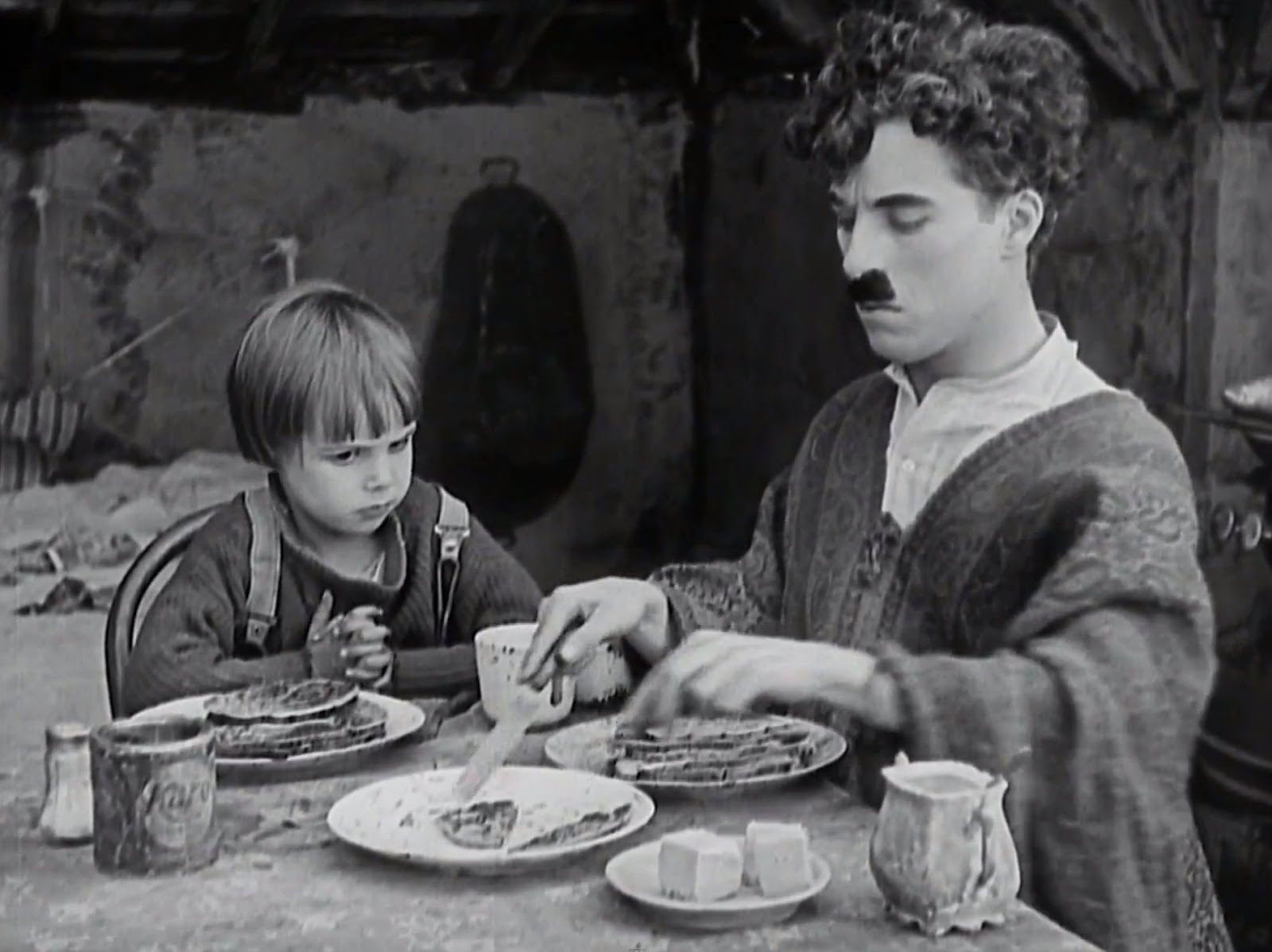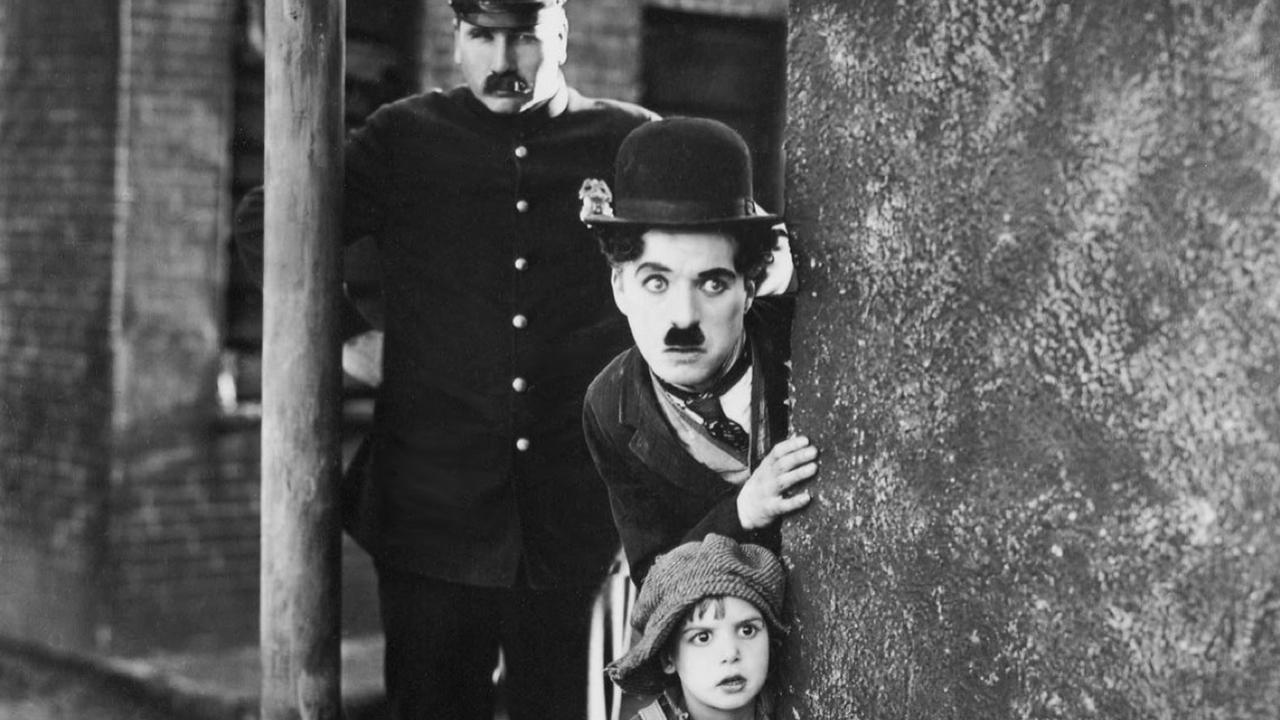How is “The Kid” autobiographical about Chaplin’s own life?
Quick Answer: Charlie Chaplin grew up impoverished and, years later, lost his first child to illness. The Kid is a profile of a very poor man struggling to keep possession of a small boy he has raised since a baby.
The family name Chaplin is now one of legend. Given Charlie’s incredible cinematic influence, his colorful and controversial lifestyle and his lineage of artistic family members, it’s hard to picture Charlie Chaplin as ever being anything other than a successful artistic wonder. His films are masterful combinations of pure comic whimsy and deeper social and philosophical meaning that continue to resonate nearly a century later. This rich career and legacy began with 1921’s The Kid, which saw the first appearance of Chaplin’s iconic Little Tramp character in a feature-length film. Now considered a classic in cinematic history, The Kid drew power from the director’s personal connection to the story, resulting in a complex and evocative drama hidden beneath a jovial and lighthearted comedy.

Jackie Coogan and Charlie Chaplin in The Kid (1921)
“A picture with a smile—and perhaps, a tear.” That’s the title card introducing The Kid, a film that combines drama and comedy in a heartfelt and timeless way, making it one of the earliest “dramedies” on record. During Chaplin’s tumultuous and short-lived marriage to 17 year-old Mildred Harris, she and the 29 year-old Chaplin produced a son who died after three days of life. This was the director’s first offspring, and the emotional consequences of losing the kid are said to have influenced a great deal of his work. The Kid, of course, is the most notable and immediate example. Weeks after the death of his son, Chaplin began auditioning children for a film wherein his Little Tramp character would become caretaker of a small boy.
By his mid-20s, Chaplin was one of the highest-paid people in the world, taking in a salary that would now equal about $16 million per year. But riches had not been assumed in Chaplin’s early life. His Tramp character surely looks so comfortable and believable living in dilapidated shacks and tiny, dirty apartments in crumbling buildings because those were the environments in which the actor spent his childhood. His parents were estranged, and he lived with his mother who had no income; thus Charlie was living and earning in workhouses by the age of seven. These facilities and others for destitute children were familiar to Chaplin until he turned nine, when his mother was committed to an insane asylum, and Charlie and his brothers went to live with their alcoholic father, who died two years later. After a slight remission of her mental condition during which the children were able to spend more time with her, his mother spent her remaining 20+ years in an asylum unable to be cured of her mania. Throughout all this trauma, Charlie took to stage performances and amateur plays as a means of coping, eventually launching his career through vaudeville.

The Kid (1921)
Knowing about Chapline’s childhood history and the loss of his first son during a discouraging marriage, we can view The Kid in a very autobiographical light that infuses the story with heart. The movie speaks to a father-child relationship Charlie was eager for but was denied and to the warm, nurturing parent-child relationship he never experienced in his own youth. A cynicism towards institutionalism can also be felt in the piece, an attitude easily attributable to his early experiences with institutional living and the care for him and his mother.
Of course, Chaplin would eventually go on to father eleven children and realize his desire for a family life.
Some say comedians are often the saddest people in the world, using comedy and the laughter of others to deal with their inner problems. Chaplin’s early comedic routines and their underlying heartbreak offer some supporting evidence for that point. Pulling humor out of sorrow and answering a true emotional need within its creator, The Kid works as a dramedy for all the right reasons. Most importantly, it tells a story that has survived nearly a century because its tale of simple poignancy can be universally understood and appreciated.

